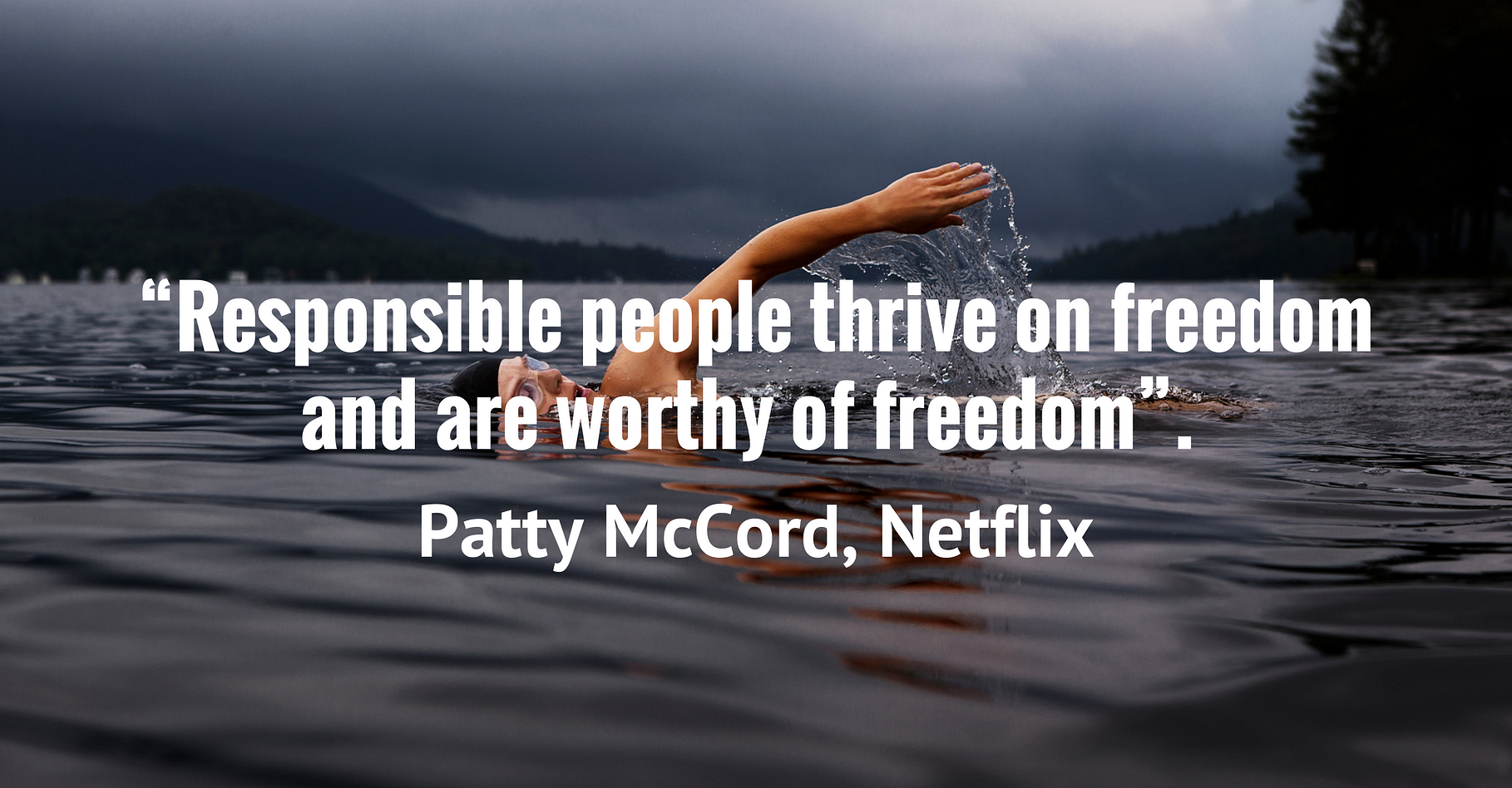Welcome to WordPress. This is your first post. Edit or delete it, then start writing!
Category Archives: Uncategorized
Teaching in Time
Teachers need to be empowered to manage their time and adopt new ways of working.
I’ve noticed at conferences, teachmeets and online that one of the recurring barriers to the adoption of new ideas and new technologies is time. We’re anxious that we might waste it, lose it or simply can’t find enough of it to try something new. It keeps coming up, this idea that we don’t have enough time, it’s something we need to take a moment to deal with.
Remembering my previous role in teaching how much effort went into managing time. Timetabling, for instance filled my waking hours, occupied sleepless nights; usually at that crucial time when I should have been supporting my staff as they approached the start of term. I should have been looking at the content, the curriculum, the encounters and experiences that teachers were planning for their students; instead of sitting in the office with marker pens, printouts and spreadsheets. I felt already compromised, there simply were not enough rooms, not enough hours or too many hours, not enough teachers, too many students but too few students for a second group. Seemingly hundreds of combinations locking and unlocking. Then the first few weeks would be spent sorting out the inevitable clashes, as forces elsewhere shifted into the time and space I’d so assuredly firmed up on the system.
We move to varied beats, but the rhythm of days, meetings, aims and objectives, feedback and report, seems locked down. Where there used to be one workplace and place to relax, there now seem many. Our Mondays to Fridays, 9 to fives, the pencil lines that define these time zones are increasingly fuzzy.

https://unsplash.com/@toddquackenbush
Despite rapidly adopting new technology, the workplace itself seems slow to adapt, few of us are afforded the luxury to shape our hours, decide when to come and go and how long to spend at work. Our notifications might be switched on and keeping us up to date, but in reality we’re saying “not now”.
What we need is an understanding. We are worthy of freedom and we will repay that faith. We need managers who don’t tap their watches or look out of the window to see who’s leaving early. Instead, we need flexible working that offers equality for all; for learning, volunteering, caring or at different stages of a career.
We might suggest giving teachers more control over their time. Choices about hours, whether they spend them at work or at home, on their own learning and contact hours and preparation.
Perhaps we can learn from the business sector? Some companies recognise that in a competitive and stressful climate, they have to encourage their workforce take care of themselves. Companies experiment with shorter days, email systems that can’t be accessed away from work and common closure days, all in the name of wellbeing. I believe that we need our school leaders to be radical and make brave choices in order to help teachers achieve a better balance. This might be one way to halt the numbers leaving the profession.
And what about the role of technology? In my current role, I support educators to create learning for their students through adopting new technologies: organising their work online, gathering feedback and stimulating discussion in new, connected ways. If we’re thinking about a new way of teaching then it must be possible to devise new working structures. Let’s disrupt timetables, silence the bells, blur the distinction between the classroom and homework precisely to reclaim our evenings and weekends.
Blended learning challenges assumptions that we have to pack students into the same space, following the same learning programme and learning in the same way. If some of the delivery, evidence, assessment and feedback moves online, then we claim back the time spent in flabby meetings or in the staff room locked into a time-draining conversation.
It’s time for the profession to have courage and challenge these models of how the classroom looks and how the working day feels.